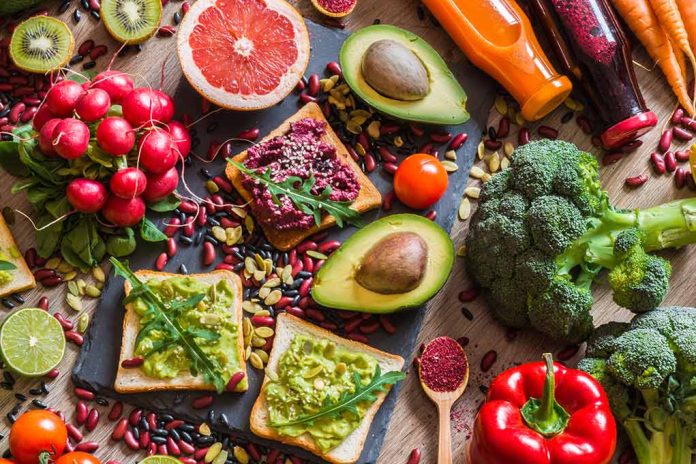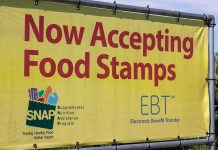
(DailyDig.com) – The Supplemental Nutrition Assistance Program (SNAP, formerly known as food stamps) has over 41 million participants across 50 states. While this program ensures that low-income households and individuals have access to nutritionally adequate food, some economic crisis leaves anyone (including vegans) with no other option.
Being an animal welfare ambassador may be due to lifestyle, morals, or health concerns. A vegan diet excludes all animal products such as poultry, meat, fish, eggs, and dairy. These are substituted by plant-based products such as vegetables, legumes, nuts, whole grains, fruits, and seeds.
Observing a vegan diet while on SNAP comes with a challenge. While some foods might be affordable, organic-grown foods can be costly on a $3 budget daily. These are ways to afford a vegan diet while on SNAP:
Use SNAP Benefits to Buy Seeds
Growing vegetables, fruits, and herbs are much cheaper than buying from a store. This is much better since you can buy seeds and plants using food stamps. Seeds covered under SNAP benefits are strictly ones that produce food for domestic consumption, such as spinach, beans, cucumbers, onions, and tomatoes. It is much healthier that you can control what goes into the plants and maintain your ideal health standards. This also means you get fresh produce instead of waiting until they are on sale. Use your EBT card to purchase seeds from eligible stores.
Try Batch Cooking
Batch cooking involves cooking foods in bulk which can be creatively mixed or matched with other foods for weekday meals. You can freeze foods such as beans, rice, lentils, and other whole grains and use them later as filling ingredients. Buying foods in bulk may be cheaper than buying in smaller portions. Batch cooking ensures you maintain fresh ingredients. The leftovers can also be used creatively to create some tasty recipes. For example, leftover vegetables can be pureed into the sauce and served with pasta.
Create Frugal Food Substitutions
Making frugal food substitutions ensures you save on groceries to get the most out of food stamps. It means you don’t have to buy if there is another item that can serve the same purpose. For example, blended oats can be used instead of breadcrumbs. Vegetables are cheaper when frozen than fresh, while a 2017 study ruled out any significant difference in nutrient content.
Use Coupons and Discounts
Some local stores have reward programs for their frequent customers. Most stores give out flyers or post in newspapers when offering discounts on most products. U.S. Department of Agriculture confirmed that SNAP beneficiaries could use manufacturer or store coupons. You can check discarded newspapers at your local recycling center for coupons. Some stores offer digital coupons available on coupon websites. This will cut the amount you spend when you shop for groceries. Shopping in farmers’ markets and ethnic markets is cheaper than stores when going for organic products.
Buy Foods when They are on Sale
Most vegan foods, such as frozen vegetables and fruits, cereal, rice, pasta, and nuts, can be stored for quite some time. You can wait until they are on sale and stock for later use. You can also opt for foods in season since their prices increase when they are out of season. However, it is advisable to be cautious when buying food on sale when they turn out too good to be true. Understand why the item is on sale before purchasing and minimize items with a closer expiry date.
Tough times call for tough measures. As a vegan, surviving on food stamps needs extra effort and planning. The tips will help you navigate tough times while keeping an eye on your diet.
Copyright 2023, DailyDig.com













